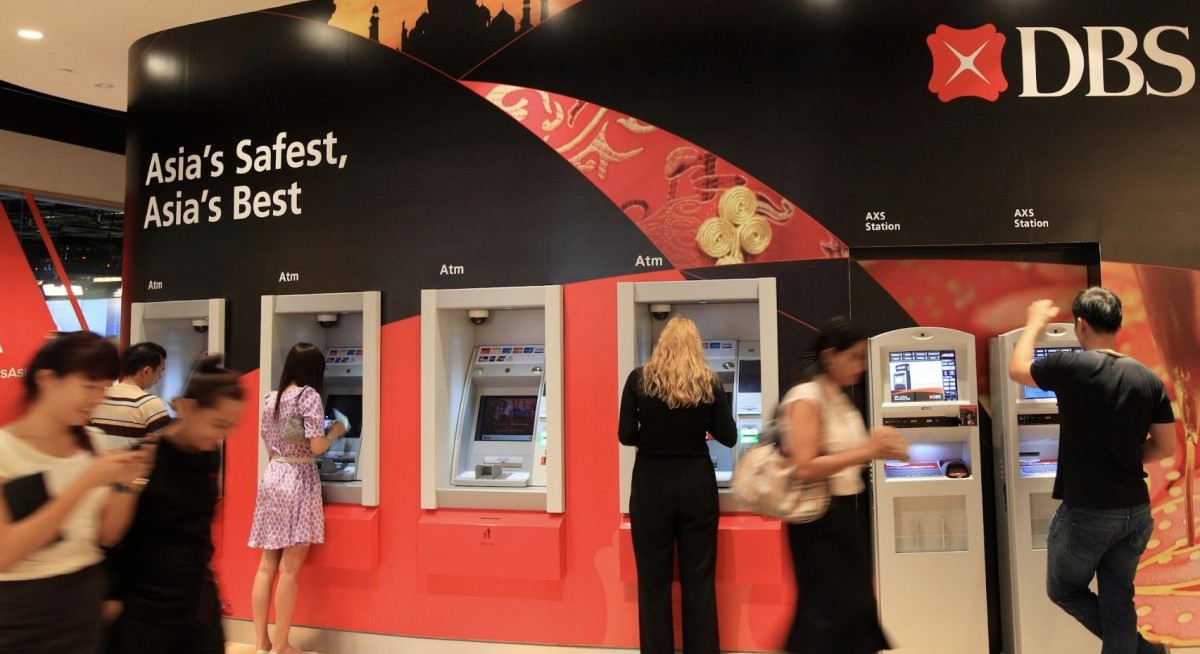DBS has also announced a $3 billion share buyback in November last year. “There was a clear articulation of how we were thinking about our surplus capital relative to our Common Equity Tier 1 operating range of 12.5% to 13.5%. Beyond ordinary dividends, excess capital would be returned through buybacks and Capital Return dividends over 3 years. The markets are very clear about our trajectory for capital return. That is a big differentiator for us, because we can articulate our capital return framework clearly,” says Chng Sok Hui, group CFO, DBS Group Holdings, in a recent interview.
While a local investor receives a 6% dividend yield, returns to an investor whose home currency is the USD are likely to be higher. The US dollar is depreciating as part of the current US administration’s policy. If US dollars are deployed into SGD, US investors get an even higher return than local investors. There has also been an influx of liquidity into Singapore which is probably looking for assets to deploy in. These monies are likely to find a home in big-cap index stocks. Since its 2Q2025 results announcement, DBS has traded above $50.
“The clarity of our capital management strategy, balance sheet strategy, investor-day communications and investor guidance are supported by our nowcasting and forecasting models. We continually test our assumptions about deposits growth, pass-through rates (from the US), SGD and USD interest rate sensitivities, as well as when our loans or hedges will roll off. We explain how outcomes change under different rate scenarios. We have robust models, and therefore by guiding consistently and delivering what we say, we build credibility,” Chng explains.
See also: UOB prices EUR850 mil worth of fixed rate covered bonds due 2030
The full interview with DBS’s CFO will be featured in The Edge Singapore’s The CFO Interview at a later date.




